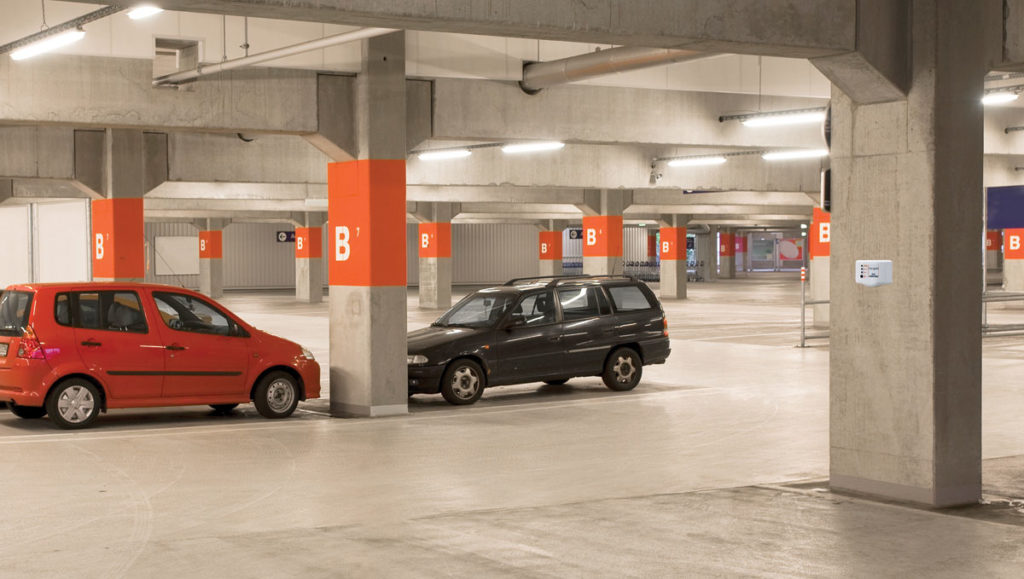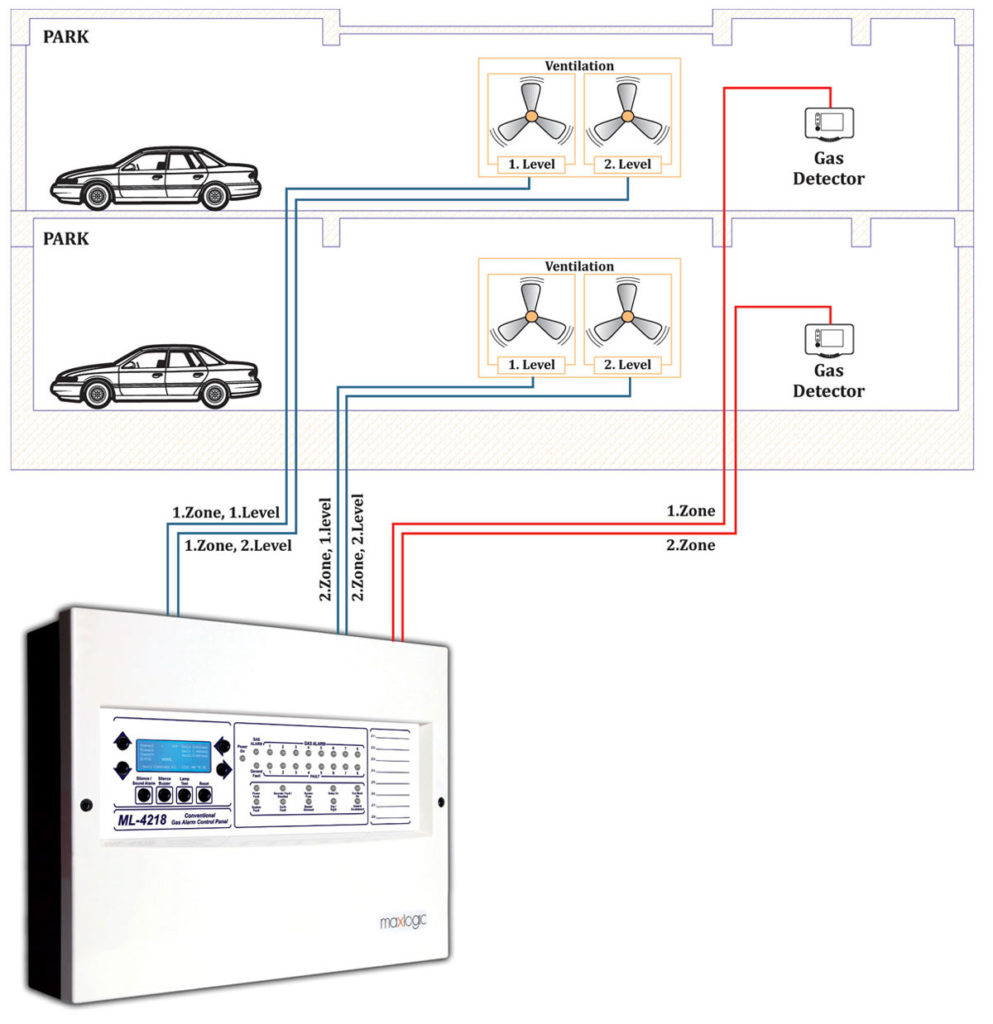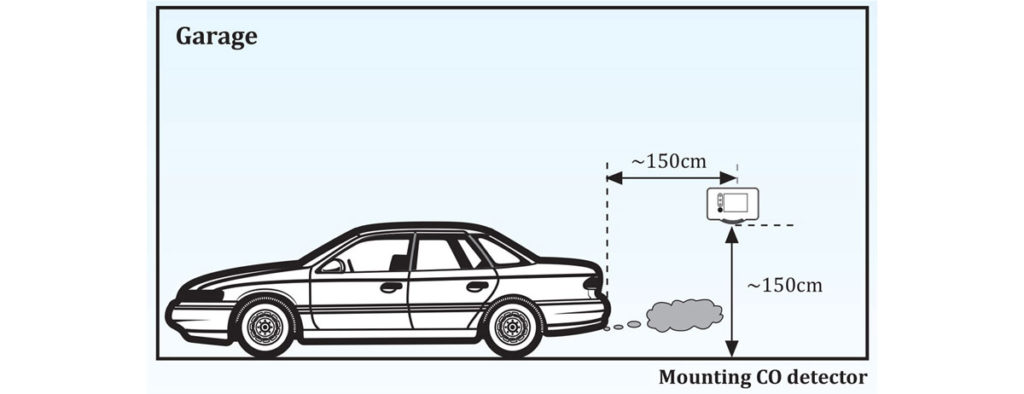Another important issue is the location of gas detector. Since the density of carbonmonoxide is similar with air, CO detectors should be mounted at 150 cm high on the wall. Also detector should be mounted 150 cm away from the gas source.
Carbonmonoxide is a very toxic gas that causes severe effects on health. If necessary precautions are not made, carbonmonoxide exposure may lead to intoxication and death. For this reason, carbonmonoxide gas detection systems should be applied in all places that has exposure risk.
*Authorities and technical terms:
OSHA: Occupational Safety and Health Administration
NIOSH: The National Institute for Occupational Safety and Health
ACGIH: American Conference of Governmental Industrial Hygienists
HSE: Health&Safety Executive
COSHH: Control of Substances Hazardous to Health Regulations
EH40/2013: Document which is published by Health and Safety Executive, due to European Commission Directives 80/1107/EEC and COSHH
TWA: Time Weighted Average
LTEL: Long Term Exposure Limit- 8 hours
STEL: Short Term Exposure Limit- 15 minutes
PEL: Permissible Exposure Limit
REL: Recommended Exposure Limit
TLV: Threshold Limit Value- 8 hours
CO Detection Systems
Sources:
– Mavili Project Notes
– Crowcon Talking Gas




